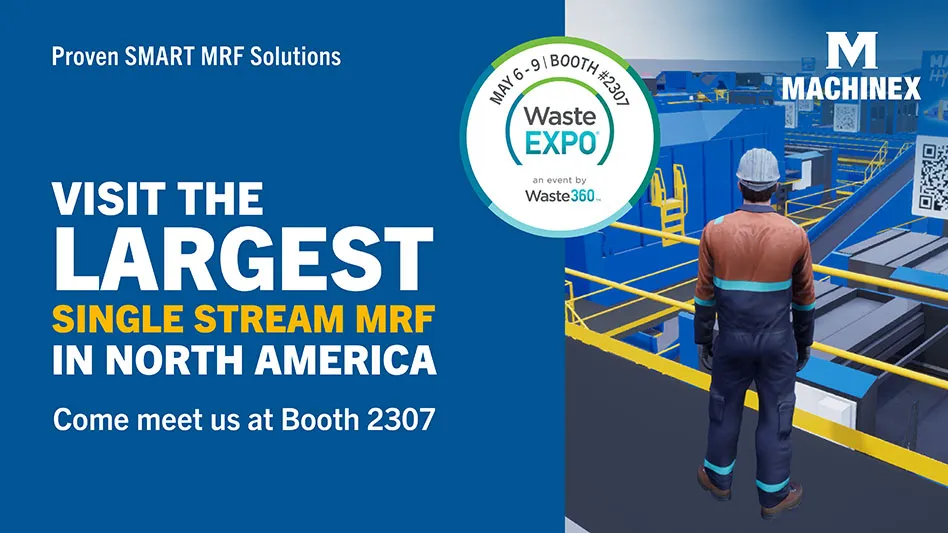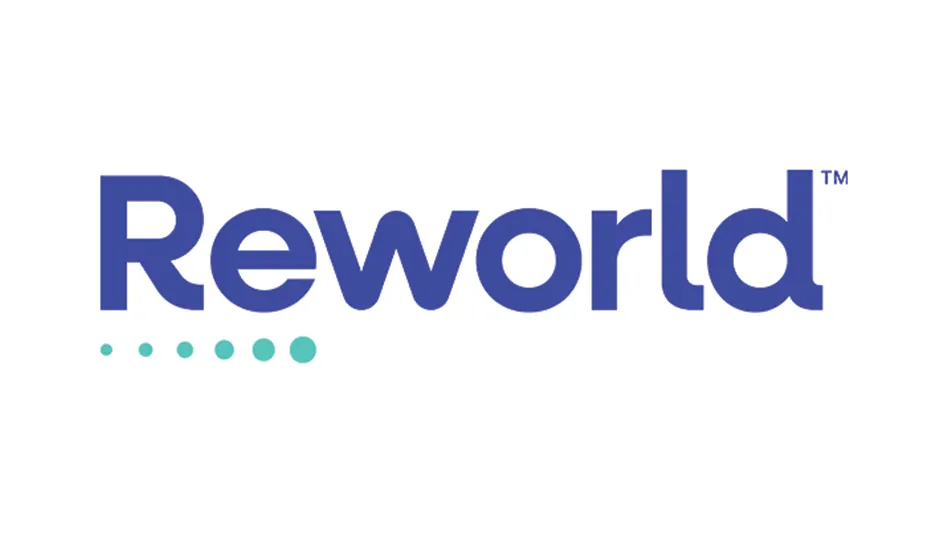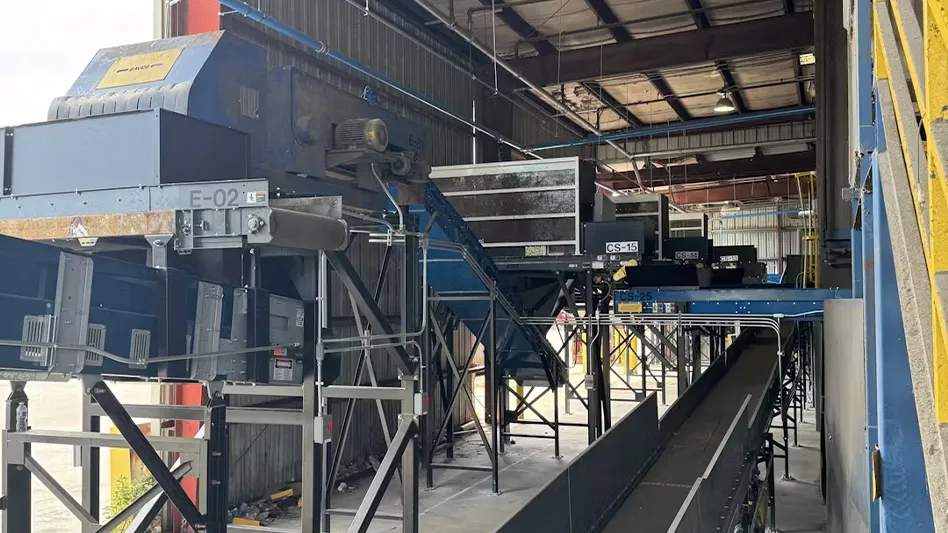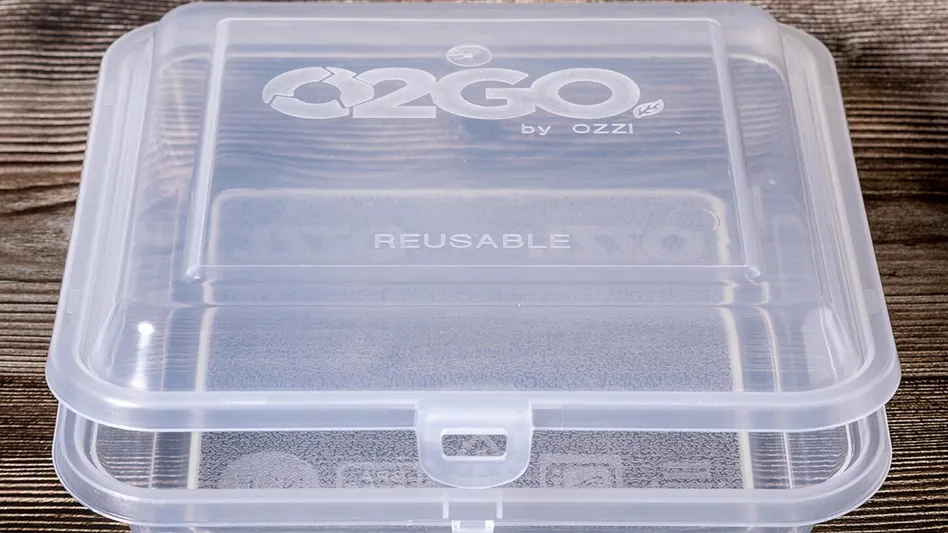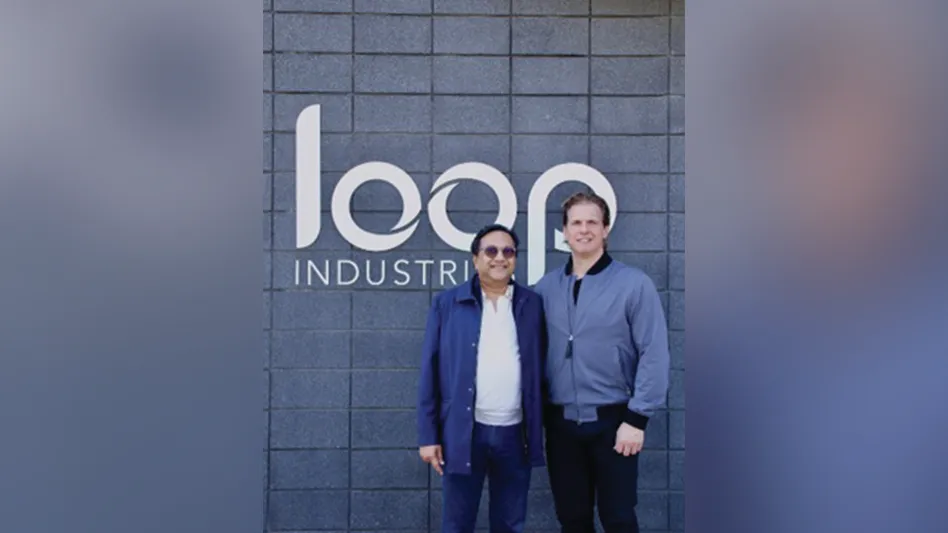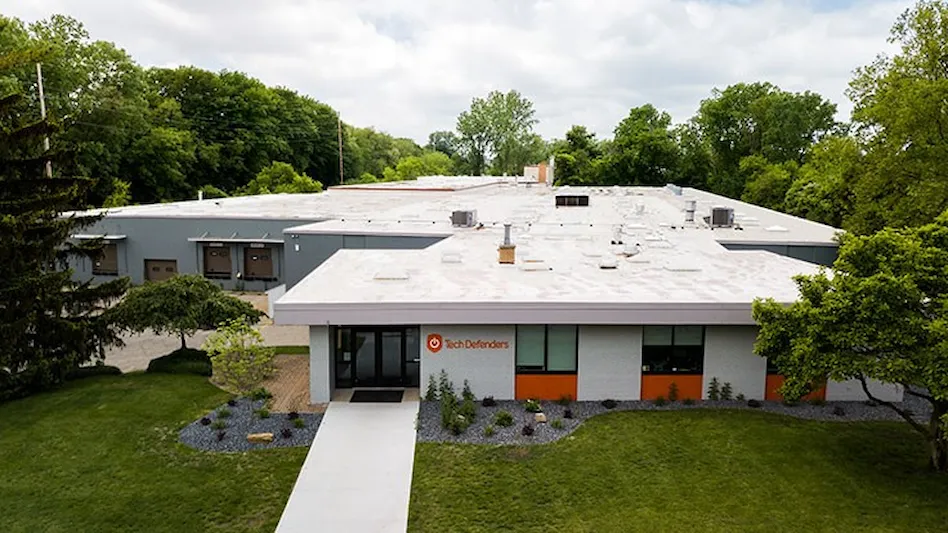
Tech Defenders, a Grand Rapids, Michigan-based company that repurposes and remarkets mobile electronic devices, recently received R2 (Responsible Recycling Practices), ISO 14001 and ISO 45001 certifications for its Grand Rapids headquarters location.
Tech Defenders is an information technology asset disposition (ITAD) and electronics repair depot servicing high-volume education and enterprise customers. The company offers end-to-end life cycle services designed to minimize ongoing maintenance costs and maximize the recovery value of aging and obsolete technology.
According to SERI (Sustainable Electronics Recycling International), Hastings, Minnesota, the R2 Standard “provides a common set of processes, safety measures and documentation requirements for businesses that repair and recycle used electronics. R2 is rigorously and independently audited, emphasizing quality, safety and transparency.”
The ISO 14001 Standard focuses on environmental management systems, while ISO 45001 is focused on occupational health and safety.
“Our company has always practiced responsible disposal and reuse of retired products, but by obtaining these certifications, it provides our partners peace of mind that our company has undergone an extensive audit, which concludes that our procedures align with SERI and EPA (Environmental Protection Agency) standards,” says Connor Sweeney, chief operating officer of Tech Defenders. “If you visit the Tech Defenders facility, you will find a number of safety and security measures in place throughout the facility: gated and badge-controlled entrance and exits, including metal detectors, dock security and security personnel to ensure data privacy and safety for our customers, employees and inventory. All exceeding the required industry standards, our operations staff strives daily to be innovative and serve our partners in industry-leading ways.”
Pete Terryn, Tech Defenders senior director of operations, adds, “Considering the sensitivity around private information and the negative effect of e-waste has on our environment, it is important to choose a partner that invests in certifying its process. Obtaining these certifications was a long and tedious process, but it was important in providing transparency for current and future partners.”
Latest from Recycling Today
- Novelis quarterly, full-year net sales down; CEO reports ‘strong improvements’
- Meeting the decarbonization challenge
- Cyclic Materials expands leadership team
- Paper cup acceptance at US mills reaches new milestone
- EPA announces $3B to replace lead service lines
- AMCS showcasing Performance Sustainability Suite at WasteExpo
- New Way and Hyzon unveil first hydrogen fuel cell refuse truck
- Origin Materials introduces tethered PET beverage cap

